Drought and Uncertainty Nurture U.S. Water-Planning Renaissance at State Level: 2014 Preview, Part III
Seven states will release a water plan — either in draft or final form — this year, and at least six other states are talking about updating existing plans or creating a first-ever plan. For context, only two states released water plans in 2013 and five in 2012.
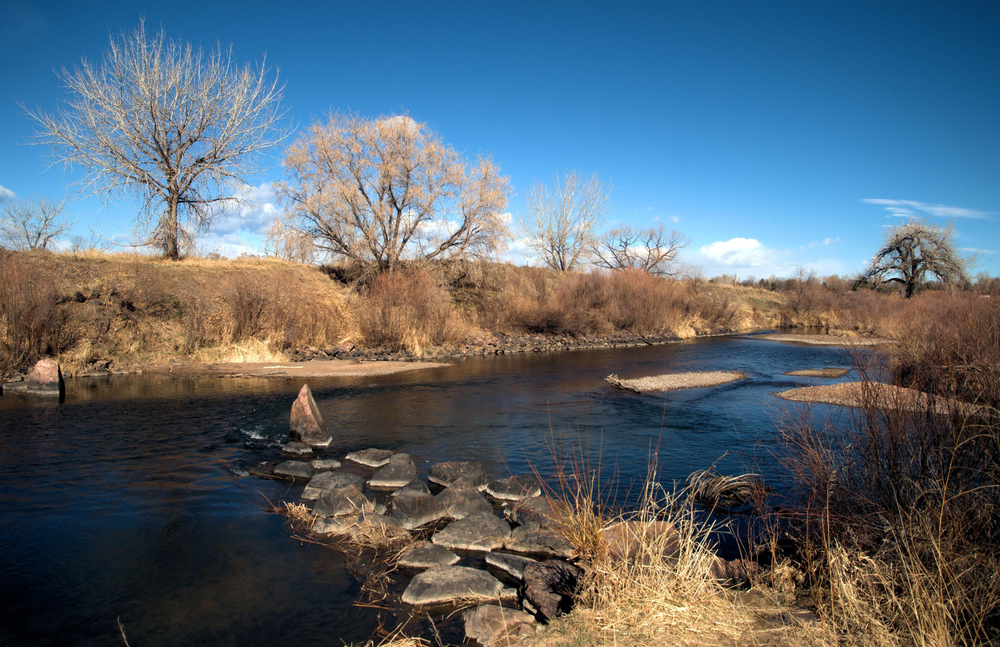
By Brett Walton
Circle of Blue
Official assessments of water resources and needs have a long history — a few states have had some form of water planning as far back as the Great Depression. But lately, the idea has garnered unprecedented popularity. A combination of pernicious drought, interstate conflicts, and the desire to ensure enough water for the economy and the environment has prompted an increasing number of states to take stock of their water assets and set priorities for using and protecting their rivers, lakes, and aquifers.
In 2014, seven states — Arkansas, California, Colorado, Kansas, Montana, Nebraska, and West Virginia — will release a water plan, either in draft or final form. At least six other states — Connecticut, Florida, Indiana, New Mexico, South Carolina, and Utah — are talking about updating existing plans or creating a first-ever plan, but none have set a timetable.
Across the nation, more states than ever before are embracing the planning process. In 2013, Alabama and North Dakota released water plans. The previous year, five states did so: Idaho, Oklahoma, Oregon, South Dakota, and Texas.
Those enacted documents are already taking effect. Last November, Texas voters approved a $US 2 billion fund for financing water projects that were identified in its plan. Next door, Oklahoma set an ambitious goal for water conservation based on recommendations in its plan. Governor Mary Fallin (R) signed legislation proclaiming that Oklahoma would use no more water in 2060 than in 2012, when the bill was passed.
That Texas and Oklahoma released plans in the same year may be a coincidence, but the fact that both states are interested in questions of water supply is not. The two butted heads in the U.S. Supreme Court last year over the lone star state’s rights to water across the border; Oklahoma prevailed.
Neighborly competition is just one of many factors — including legal mandates, waning federal support, and drought — that are driving states to assess the adequacy of their water supply.
Water for the Future
The water-planning spree is happening for several reasons. Some states — California and Texas, for example — are required by law to periodically reassess their plans, and those updates are now coming due.
States are also filling a void, argues Tim Feather, a vice president at CDM Smith, an engineering and consulting firm that helps states through the planning process. Fifty years ago, the federal government played a larger role in water planning and water-supply development, Feather told Circle of Blue. Though the federal Bureau of Reclamation has recently revived its river basin assessment program, funding for large canals and pipelines has largely dried up. Planning helps state officials rank which projects will receive low-interest state loans, a limited resource.
–Peter Evans, executive director
Interstate Council on Water Policy
A primary catalyst for the planning craze, however, is a fear of insufficient water supplies, said Peter Evans, executive director of the Interstate Council on Water Policy, a national forum for swapping ideas about water management. An intense drought has swirled around the southern tier of the United States over the last decade, leading to failed harvests, shriveled rivers, and water restrictions for cities. Economic losses from the dry cycle reach into the tens of billions of dollars for farmers, ranchers, river guides, and the shipping industry.
“In part, state planning is a reaction to tremendous drought and floods recently,” Evans told Circle of Blue. “States are experiencing new extremes, and they’re seeing their neighbors publish plans, which is bringing more interest to water planning.”
State officials confirm these ideas. Edward Swaim, who is managing an update of Arkansas’s water plan, said that a drought in the late 1980s prompted the legislature to put more money into planning, resulting in a statewide water assessment in 1991. The next edition, due by the end of 2014, will assess shrinking groundwater reserves and infrastructure spending in the Mississippi River Delta.
“We’re asking what we can do to maintain our economy and culture, without destroying the source of our abundance,” Swaim told Circle of Blue.
In Montana — where the legislature ordered the state’s first comprehensive water plan in 2009 — peer pressure is a motivating force, according to Michael Downey, supervisor of the Department of Natural Resources water-planning section.
— Edward Swaim, water resources division
Arkansas Natural Resources Commission
“You start to worry that your neighbors know more about water use than you do,” Downey told Circle of Blue. Montana’s draft plan will be sent to the legislature in September.
Though the content of each plan is particular to each state’s needs, a few factors are common: estimates of current and future water supplies, projections of future demand, and targets for water quality. In addition to those items, Evans has observed one noteworthy change in the most recent generation of water plans — how to use less water and use it more effectively.
“More plans are including conservation and water-use efficiency as significant elements,” Evans said. “Twenty to 25 years ago, I don’t think you could say that.”
If nothing else, plans spark conversations. Expect plenty of public debate in 2014 about how best to use a fundamental resource.
Brett writes about agriculture, energy, infrastructure, and the politics and economics of water in the United States. He also writes the Federal Water Tap, Circle of Blue’s weekly digest of U.S. government water news. He is the winner of two Society of Environmental Journalists reporting awards, one of the top honors in American environmental journalism: first place for explanatory reporting for a series on septic system pollution in the United States(2016) and third place for beat reporting in a small market (2014). He received the Sierra Club’s Distinguished Service Award in 2018. Brett lives in Seattle, where he hikes the mountains and bakes pies. Contact Brett Walton


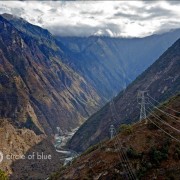
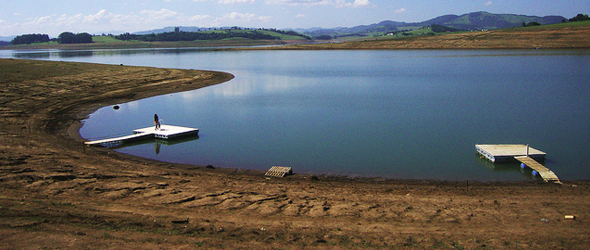

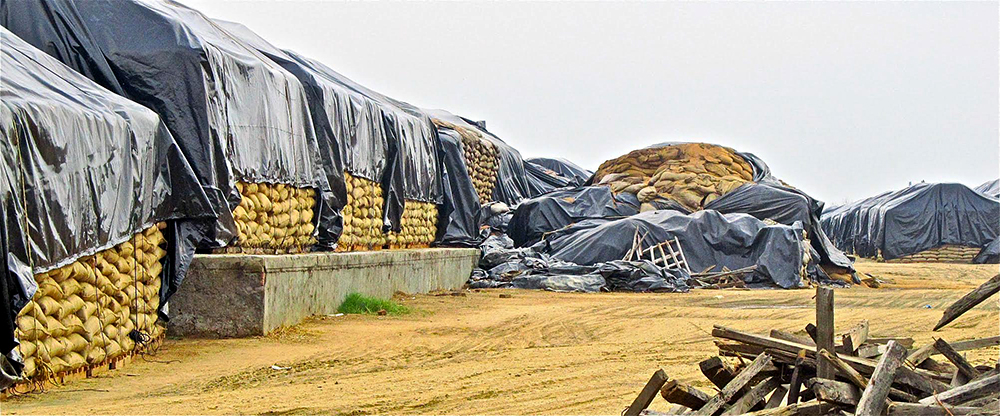



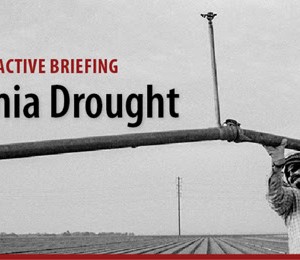

The article states that Alabama submitted a water plan in 2013. This is incorrect. A working group submitted a report on water planning in Alabama to the Governor in December of 2013 and that report was made public in April 2014 (http://adeca.alabama.gov/Divisions/owr/awawg/pages/default.aspx). It is unclear what the future of water planning will be in Alabama